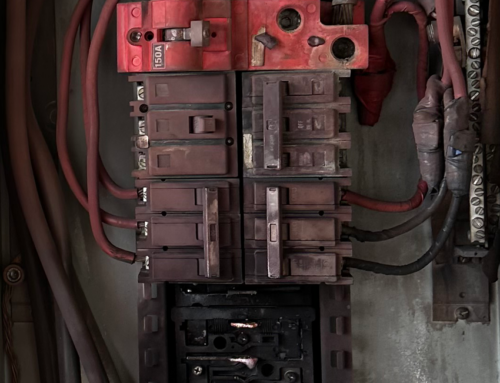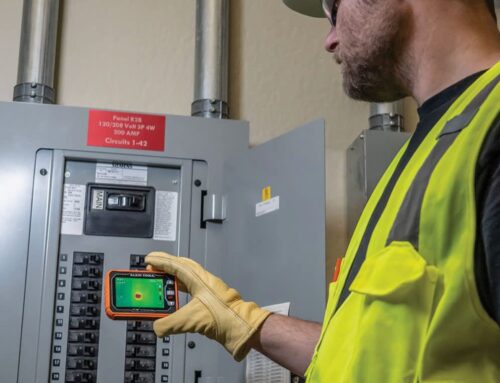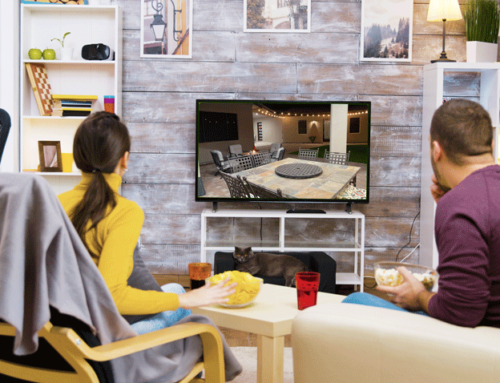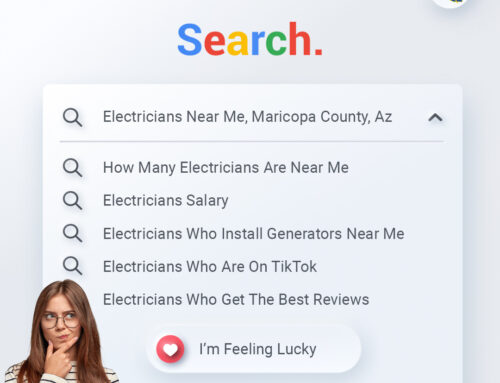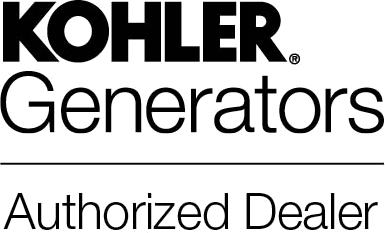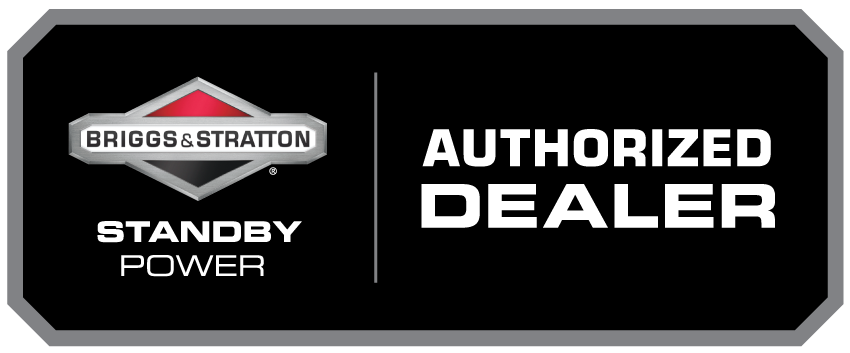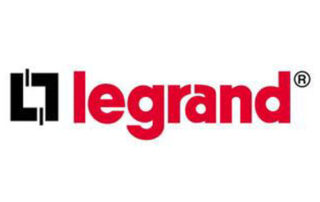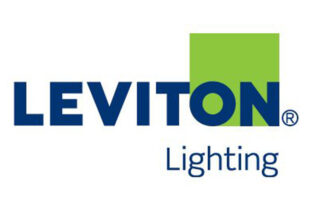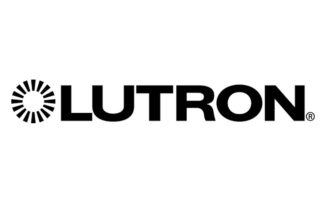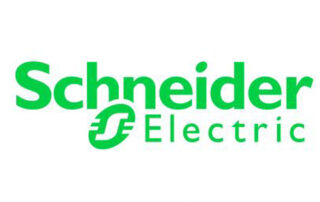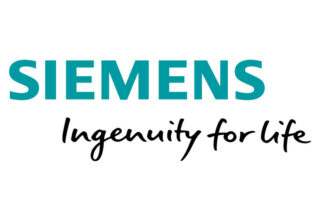A Brighter Future in Lighting from Paradise Valley’s Top-Rated Local Electricians
In Paradise Valley where the desert sun illuminates the beauty of rural life, LED lighting continues to emerge as a monster of innovation, efficiency, and sustainability. As we explore the dynamic world of lighting technologies, LED (Light Emitting Diode) lighting shines the brightest, setting new standards for energy savings and versatile applications. Whether it’s illuminating cozy homes or energizing commercial spaces, LED technology is leading the charge towards a brighter, more sustainable future.
Here in Paradise Valley, AZ, and across the vast region of Maricopa County, State Electrical Contractors stands as a beacon of trust and excellence in the electrical services industry. Known as the most trusted local electricians, our team brings a wealth of expertise and a deep commitment to transforming your spaces with the best in LED lighting solutions. Our dedication goes beyond mere installations; we’re here to enhance your living and working environments with lighting that’s not only energy-efficient but also cost-effective and kind to our planet.
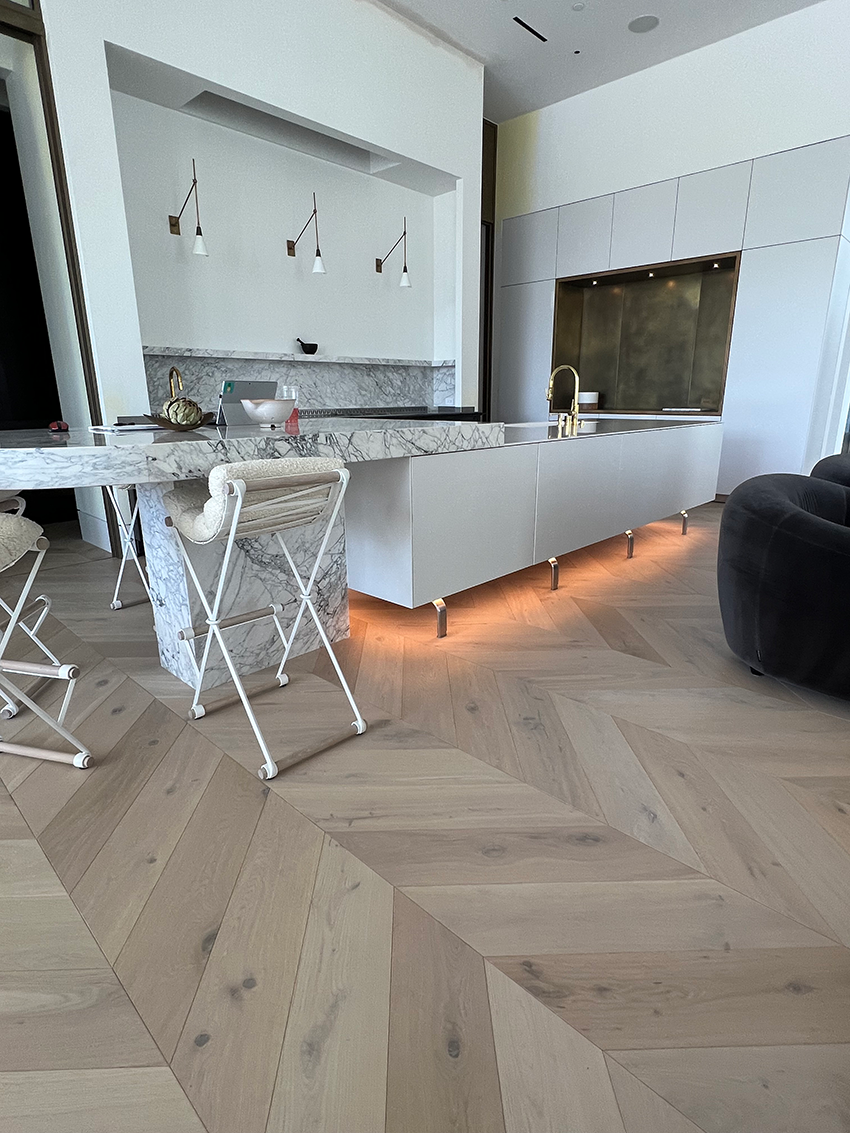
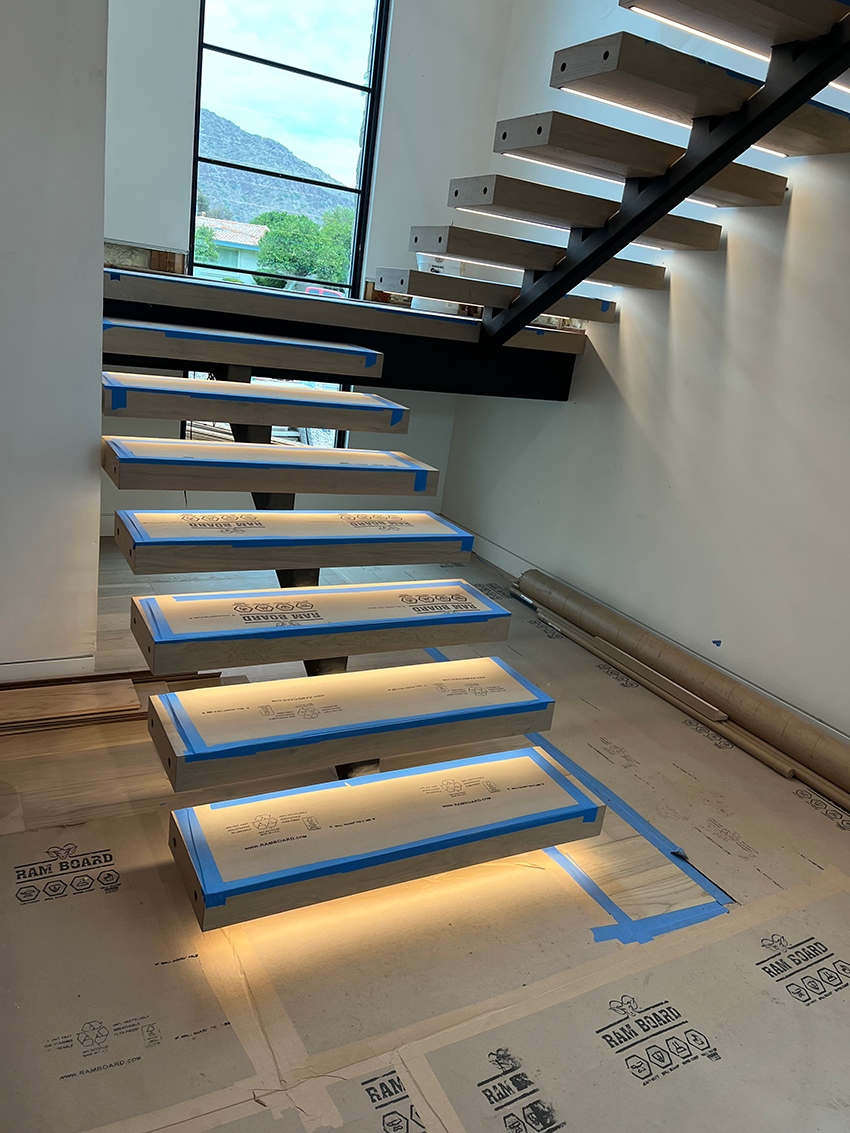
But why choose LED lighting, and why trust State Electrical Contractors for your lighting needs?
There are many benefits to LED lighting. Firstly, LEDs consume significantly less energy compared to traditional lighting options, which translates to noticeable savings on your electricity bills. Furthermore, LED lights boast a longer lifespan, reducing the need for frequent replacements and contributing to a more sustainable world. With their wide range of colors and designs, LEDs offer unparalleled flexibility, enabling you to create the perfect ambiance for any setting.
Let’s check out a few compelling reasons to consider installing LED lighting in your Paradise Valley home:
-
Energy Efficiency: LEDs are significantly more energy-efficient than traditional incandescent bulbs. This translates to lower electricity bills, which can be a major benefit, especially in a warm climate like Arizona where air conditioning use is high.
-
Long Lifespan: LED bulbs last much longer than incandescent bulbs, typically lasting 25,000 to 50,000 hours compared to just 1,000 hours for incandescent. This translates to fewer bulb replacements and lower maintenance costs.
-
Reduced Heat Output: LEDs emit very little heat compared to incandescent bulbs. This can be beneficial in reducing your air conditioning load during the hot Arizona summers.
-
Versatility: LED lights come in a wide variety of styles, colors, and brightness levels. This allows you to customize the lighting in your home to create the desired atmosphere in each room.
-
Environmentally Friendly: LEDs contain no mercury, unlike some fluorescent bulbs, and use less energy, reducing your overall carbon footprint.
In addition to these benefits, In Paradise Valley, SRP might also offer rebate programs or incentives for installing LED lighting. A quick web search for “Paradise Valley LED lighting rebate” can help you find out if any programs are available.
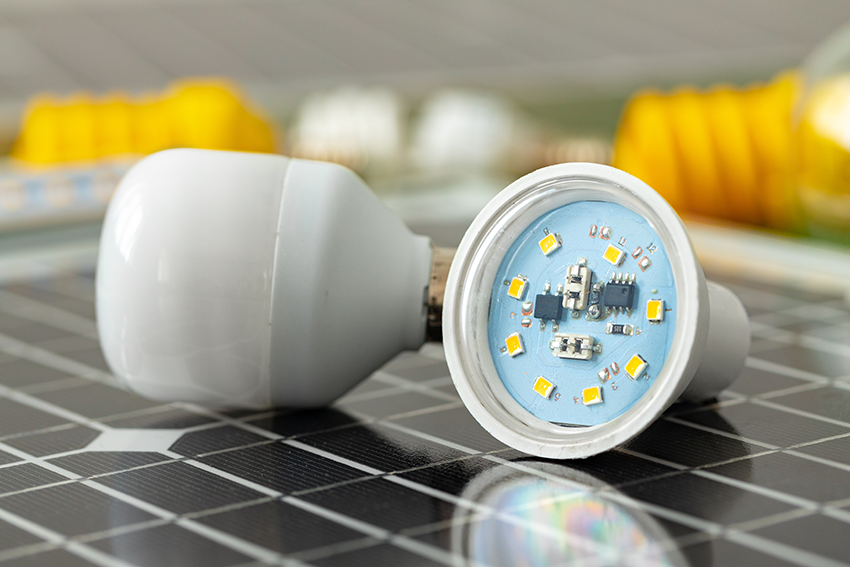
Why LED Lighting has become popular in Paradise Valley: A Local Electrician’s Perspective
From its humble beginnings as mere indicator lights in gadgets, LED lighting has journeyed through an impressive evolution to become an indispensable part of our daily lives, especially here in Paradise Valley. This transformation wasn’t overnight but the result of years of relentless improvements in efficiency, color quality, and brightness, propelling LED lights from a novelty to a necessity for any modern lighting application.
The appeal of LED lighting lies in its superior energy efficiency, which aligns perfectly with the needs and values of our local community. In an area where the sun blesses us with its presence nearly year-round, maximizing energy use is not just a matter of cost savings; it’s also about embracing sustainability. Furthermore, the ability of LED lights to produce a spectrum of colors and levels of brightness with minimal heat output makes them ideal for the diverse needs of Paradise Valley homes and businesses. We know that homeowner’s take many things into consideration when upgrading their home’s highlight.
-
National Trends: LED technology has been improving rapidly in recent years, with costs dropping significantly. This national trend of increasing affordability and efficiency likely played a major role in Paradise Valley as well.
-
Environmental Awareness: A growing national and likely local focus on environmental consciousness could have spurred residents towards energy-saving LED options.
-
Utility Rebates: Paradise Valley might have offered (or still offer) rebate programs that incentivize residents to switch to LEDs. These rebates can significantly offset the initial cost of LED bulbs, making them a much more attractive option.
-
Local News: It’s possible there were local campaigns or educational programs by utility companies, environmental groups, or even Paradise Valley itself promoting the benefits of LED lighting has resonated with your local community.
Choosing State Electrical Contractors means partnering with a team that understands all the aspects of LED lighting. We’re not just electricians; we’re your neighbors, familiar with the unique challenges and opportunities of living in this vibrant region. Our advice and services come with the assurance of local expertise and a deep commitment to the community’s well-being.
As LED lighting continues to evolve, State Electrical Contractors remains dedicated to bringing the latest and most efficient lighting solutions to our clients, ensuring that your transition to LED is seamless, cost-effective, and tailored to your specific needs. Trust us to light up your spaces with the best that technology has to offer, all while keeping the local flavor and spirit of Paradise Valley at heart.
Everywhere You Look: LEDs Have Invaded Our Lives!
Interior Lighting
- LED Bulbs
- Recessed Downlights
- Track Lighting
- Pendant Lighting
- Chandeliers
- Sconces
- Under-Cabinet Lighting
- Tape Lighting
- Cabinet Lighting
- Step & Kick Plate Lighting
- Ceiling Fans with LED Lights
- Skylights with LED Light Panels
- Smart Lighting
- Dimmers
Exterior Lighting
- Flood Lights
- Spotlights
- Path Lights
- Step Lights
- Deck & Patio Lights
- Pool & Spa Lights
- Bollard Lights
- Wall Sconces (Exterior)
- Garage Lights
- Mailbox Lights
- Address Lights
- Solar Lights
- Motion Sensor Lights
- Holiday Lights
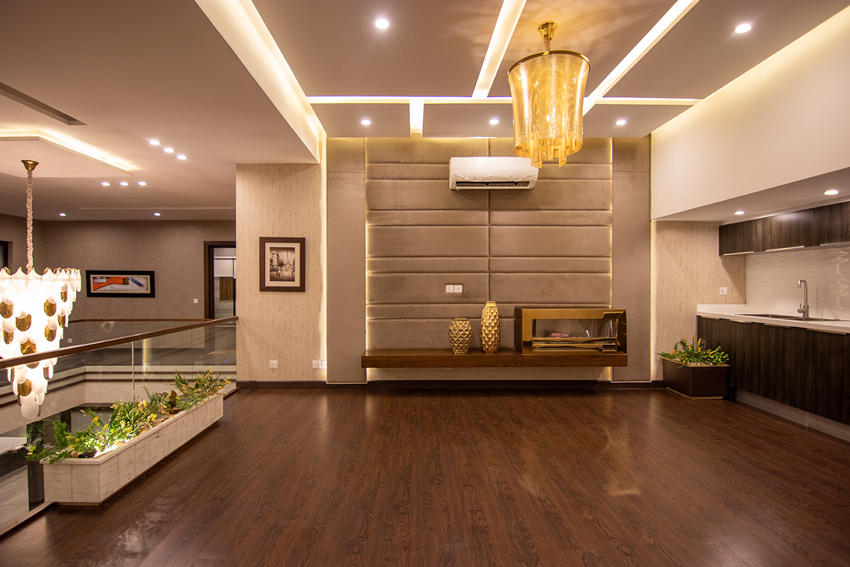
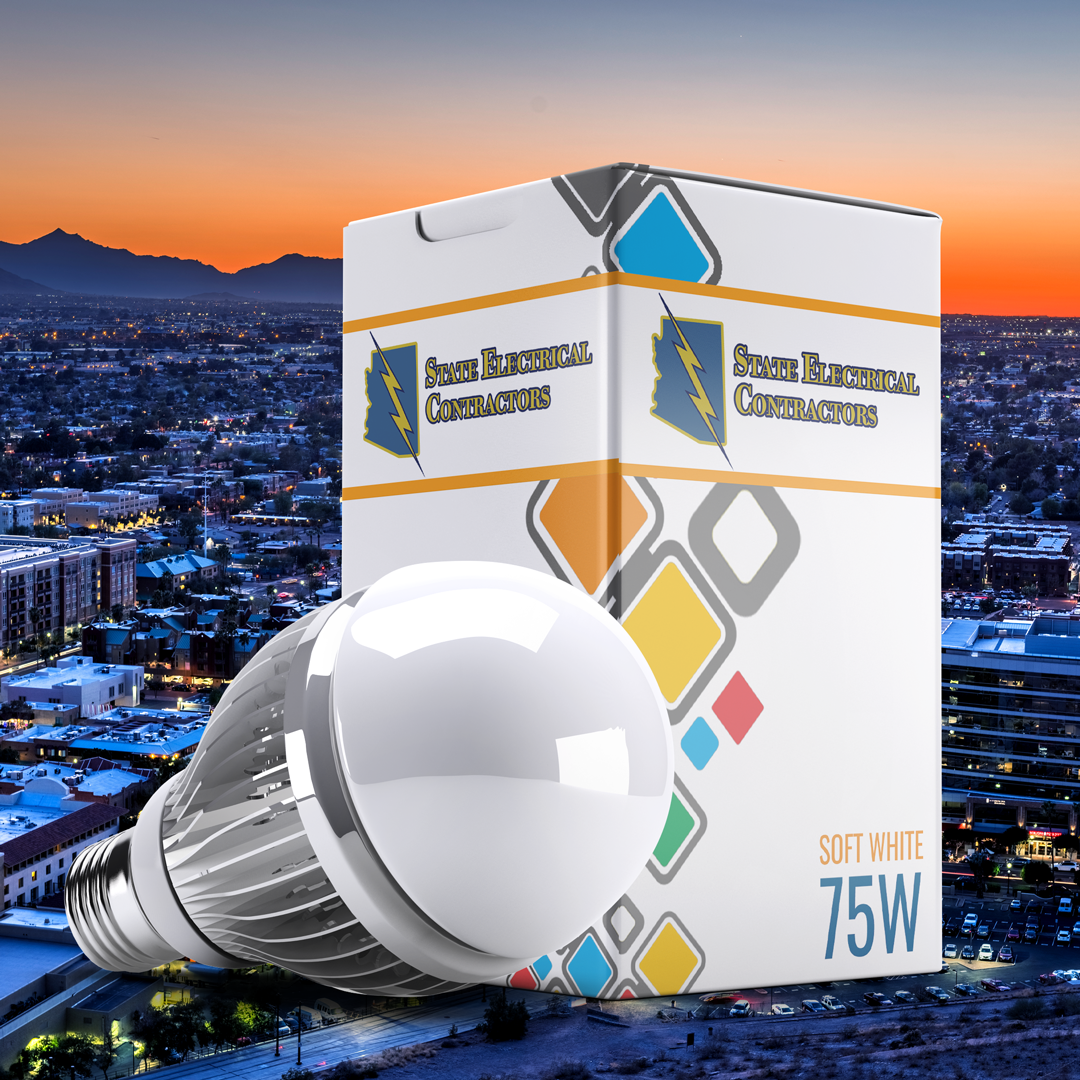
Did You Know? A Little EDU About LEDs
LED bulbs are very similar to traditional incandescent bulbs in terms of usability but differ in technology and some features. Here’s a breakdown to ease your transition:
Similarities:
- Same Base Types: Most LED bulbs come in the same screw-in base types (e.g., A19, E26) as traditional bulbs, so they’ll fit into your existing light fixtures.
- Similar Brightness Options: LEDs are available in a variety of wattages that correspond to the brightness of traditional incandescent bulbs. You can easily find an LED bulb that provides the same level of light output as the incandescent bulb you’re replacing.
- Instant On: Like incandescents, LED bulbs typically turn on instantly at full brightness.
Differences to Consider:
- Higher Upfront Cost: LEDs tend to have a higher initial cost than incandescent bulbs. However, their longer lifespan and energy efficiency usually balance this out over time.
- Light Color: Traditional incandescent bulbs emit a warm white light. LEDs come in a variety of color temperatures, including warm white, cool white, and daylight. Make sure you choose an LED with a color temperature you find pleasing for the room.
- Dimming: Not all LED bulbs are dimmable. If dimming is a feature you want, ensure you choose bulbs specifically labeled for dimming and use them with compatible dimmer switches.
- Heat Output: LEDs emit very little heat compared to incandescent bulbs. This can be a positive or negative depending on your needs. In a cold climate, you might miss the slight warming effect of an incandescent bulb.
Traditional incandescent bulbs waste a significant amount of energy compared to LEDs. Here’s how LEDs translate to energy savings in your home:
-
Efficient Light Production: LEDs use semiconductors to convert electricity directly into light. Incandescent bulbs, on the other hand, rely on heating a filament to create light, wasting a lot of energy as heat.
LEDs are significantly more energy-efficient, using up to 80% less energy than incandescents for the same level of brightness. This translates to lower electricity bills and a reduced environmental impact. -
Targeted Light Emission: LEDs emit light in a specific direction. This reduces the need for reflectors or diffusers that can trap light in traditional bulbs. In your home, this translates to less wasted light and more efficient illumination.
-
Minimal Heat Generation: Unlike incandescents, LEDs produce very little heat. This is a big advantage as you’re not paying to heat up your surroundings along with lighting them. In hot climates like Arizona, this can be especially beneficial as it reduces the load on your air conditioning system.
-
Long Lifespan: LED bulbs last significantly longer than incandescent bulbs, typically lasting 25,000 to 50,000 hours compared to just 1,000 hours for incandescent. This translates to fewer bulb replacements needed, reducing overall energy consumption associated with bulb production and disposal.
-
Versatility: LED lights come in a wide variety of styles, colors, and brightness levels, making them suitable for various lighting applications. They can also be dimmed more effectively than traditional bulbs.
-
Safety: LEDs contain no mercury, unlike some fluorescent bulbs, making them a safer and more environmentally friendly choice.
So, by using LEDs in your home, you’re essentially using less electricity to achieve the same level of brightness. This translates to lower electricity bills and a smaller environmental footprint.

